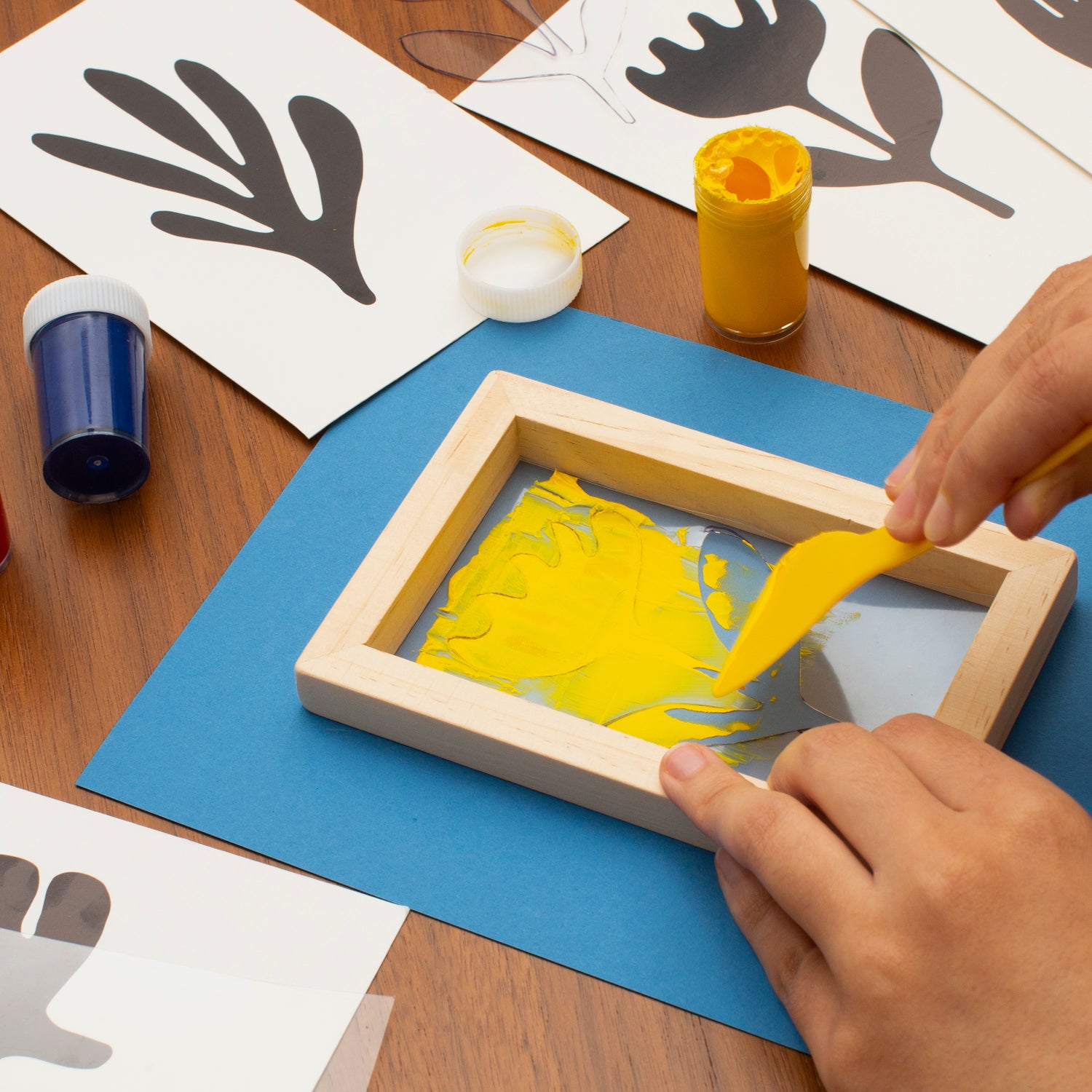ChatGPT said: The advantages of working with 10:9 Design Embroidery for branding
The Vital Guide to Recognizing Screen Printing and Its Versatile Makes use of
Screen printing has an abundant history that dates back to old times, evolving into an advanced technique used throughout numerous industries today. This guide checks out the details of the screen printing process, detailing its applications in home, style, and advertising decoration - 10:9 Design Embroidery. Recognizing these basics can open imaginative potential for both creative and commercial projects. The adhering to areas will certainly disclose essential tips and techniques to improve one's screen printing ventures
The Background of Screen Printing
Screen printing has origins that trace back centuries, its development mirrors the imaginative and technical advancements of various societies. Stemming in ancient China, the technique was originally utilized for embellishing textiles and later infect Japan, where it ended up being essential to Ukiyo-e woodblock printing. The approach shifted to Europe in the 18th century, where it acquired appeal among craftsmens and industrial printers. The invention of picture solution in the 20th century changed screen printing, enabling even more complex designs and better efficiency. Musicians like Andy Warhol additionally moved its popularity, making use of the medium to produce iconic jobs that blended commercialism and art. By the late 20th century, screen printing had developed itself as a versatile method, utilized in style, advertising, and art. Today, it proceeds to progress, integrating digital technology and expanding its applications across various markets.
The Screen Printing Refine Explained
Screen printing changes artistic visions into tangible layouts with a series of precise steps. A picture is developed and then moved onto a screen, generally made of great mesh material extended over a structure. A light-sensitive emulsion is used to the screen, which is revealed to light, setting in locations not covered by the picture. After rinsing the unhardened solution, a pattern is created.
Next off, the screen is placed over the substratum, whether it be material, paper, or an additional product. Ink is then pressed with the open locations of the pattern utilizing a squeegee, transferring the style onto the substratum listed below. This process can be repeated for numerous shades, requiring different displays for each and every tone. The published product is treated utilizing heat to assure the ink sticks effectively, resulting in a durable, dynamic layout all set for use.
Sorts Of Screen Printing Techniques

In addition, specialized techniques, such as discharge screen printing, eliminate color from the fabric to produce softer prints, while aluminum foil screen printing applies metal aluminum foil to accomplish a glossy coating (10:9 Design contact). Each strategy provides unique attributes, satisfying numerous creative requirements and production ranges, eventually broadening the possibilities within the screen printing domain name
Applications of Screen Printing in Numerous Industries

In addition, the signs and marketing sectors utilize screen printing for producing distinctive displays and banners. This technique permits strong shades and intricate layouts that record interest. In electronic devices, screen printing is employed for applying conductive inks to circuit card, crucial for part connections. The home style market welcomes screen printing to produce distinct layouts on fabrics and wall art. Overall, screen printing works as a crucial tool across diverse areas, enhancing products with personalized and visually attractive graphics.
Tips for Successful Screen Printing Projects
While taking on a screen printing project, mindful focus to information can significantly enhance the final end result. First, selecting premium materials is important; this includes the screen, inks, and substratums. Using suitable mesh counts can impact ink deposition and detail resolution. Prep work is equally essential; comprehensive cleansing of screens and correct direct exposure times guarantee crisp prints.
Next, website exact registration is important for multi-color prints. Making use of placement tools can aid accomplish specific layering. In addition, screening prints on scrap products before production helps determine potential issues without squandering resources.

Often Asked Concerns
What Materials Are Finest for Screen Printing on Textile?
Cotton and polyester blends are excellent for screen printing on fabric due to their toughness and ink absorption. Additionally, specialized textiles like silk or canvas can create distinct textures and finishes, boosting the overall design quality.
Exactly how Do I Tidy and Maintain Screen Printing Devices?
To cleanse and maintain screen printing devices, one ought to consistently clean screens with suitable solvents, examine squeegees for wear, lubricate relocating components, and shop all things in a dry, dust-free environment to lengthen their life expectancy.
What Are the Environmental Effects of Screen Printing?
Screen printing can have considerable ecological influences, including chemical waste from inks and solvents, water use during cleansing procedures, and power intake. Sustainable practices and green materials are crucial for reducing these negative impacts.
Can Screen Printing Be Done in your home Successfully?
Screen printing can be properly done at home with the ideal materials and strategies. Hobbyists can develop top quality prints, though success relies on their ability degree, devices, and understanding of the process entailed.
What Are the Prices Related To Beginning a Display Printing Service?

Starting a screen printing organization includes expenses for devices, products, and workspace. Initial costs commonly range from a couple of hundred to several thousand dollars, depending on the scale, high quality of equipment, and wanted production capacity.
Screen printing has a rich history that dates back to ancient times, advancing right into an innovative method made use of across numerous industries today. Another strategy, rotating screen printing, utilizes cylindrical screens, helping with continuous printing on material rolls, therefore improving effectiveness for massive manufacturings. In addition, specialized techniques, such as discharge screen printing, eliminate dye from the textile to create softer prints, while foil screen printing applies metallic aluminum foil to attain a shiny coating. In the style sector, screen printing is widely made use of to create lively layouts on clothing, making it possible for brand names to display their distinct styles. Cotton and polyester blends are excellent for screen printing on fabric due to their resilience and ink absorption.